The Best Baptisia Companion Plants
Title: The Best Baptisia Companion Plants
Introduction:
Baptisia is a beautiful and versatile perennial plant that is native to North America. It is known for its tall, upright spikes of blue, purple, or white flowers that bloom in the spring and summer. Baptisia is a relatively easy plant to care for and is drought-tolerant once established. It can be grown in full sun or partial shade and prefers well-drained soil.
Baptisia is a great addition to any garden, but it can be even more beautiful when paired with the right companion plants. The right companions can help to accentuate the beauty of Baptisia's flowers, foliage, and height. They can also help to fill in empty spaces in the garden and provide interest throughout the growing season.
In this blog post, we will discuss some of the best companion plants for Baptisia. We will also provide tips on how to choose the right companions for your specific garden.
Main Content:
Here are some of the best companion plants for Baptisia:
- Amsonia: Amsonia is another native North American plant that is known for its blue flowers. It is similar in size and growth habit to Baptisia, and the two plants can be planted together to create a beautiful blue garden.
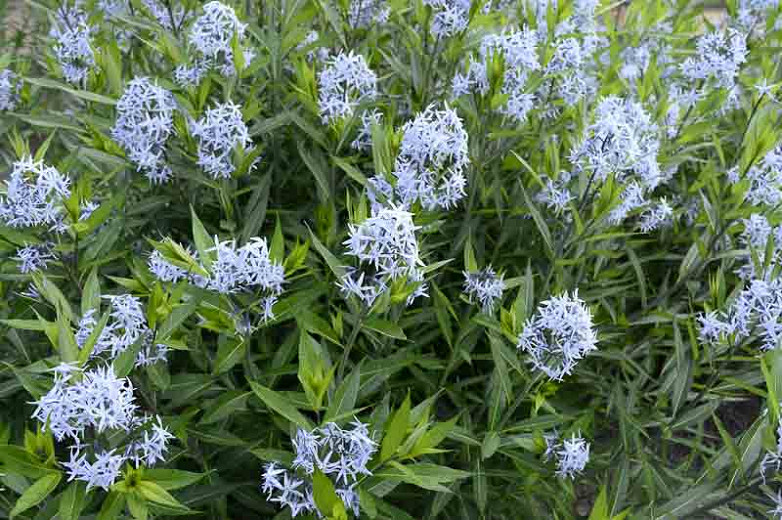
- Echinacea: Echinacea is a popular perennial plant that is known for its daisy-like flowers. It comes in a variety of colors, including white, pink, purple, and red. Echinacea is a hardy plant that can tolerate full sun and poor soil. It is also deer-resistant.
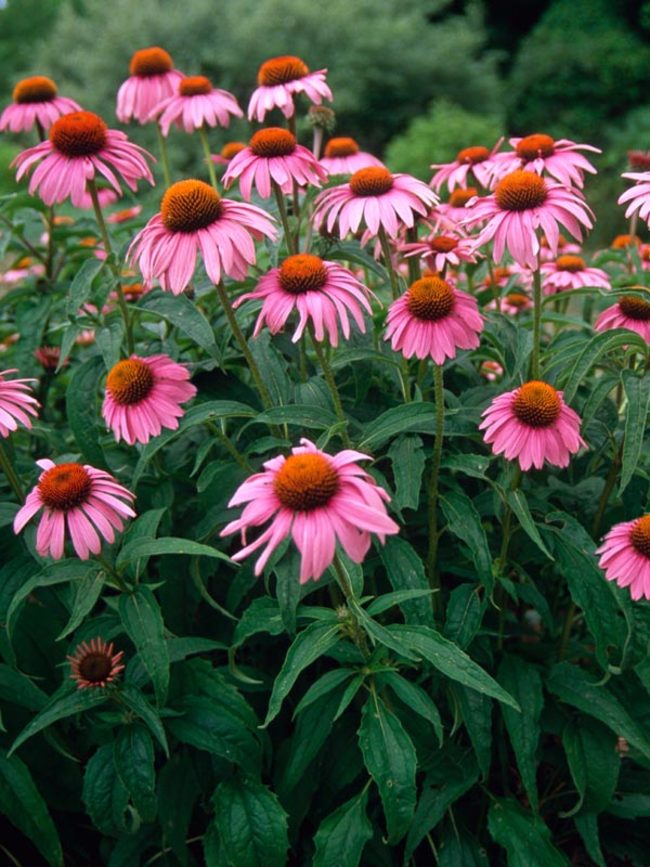
- Monarda: Monarda is a North American wildflower that is known for its fragrant flowers. It comes in a variety of colors, including red, pink, purple, and white. Monarda is a sun-loving plant that prefers moist soil. It is also a good source of nectar for butterflies and other pollinators.
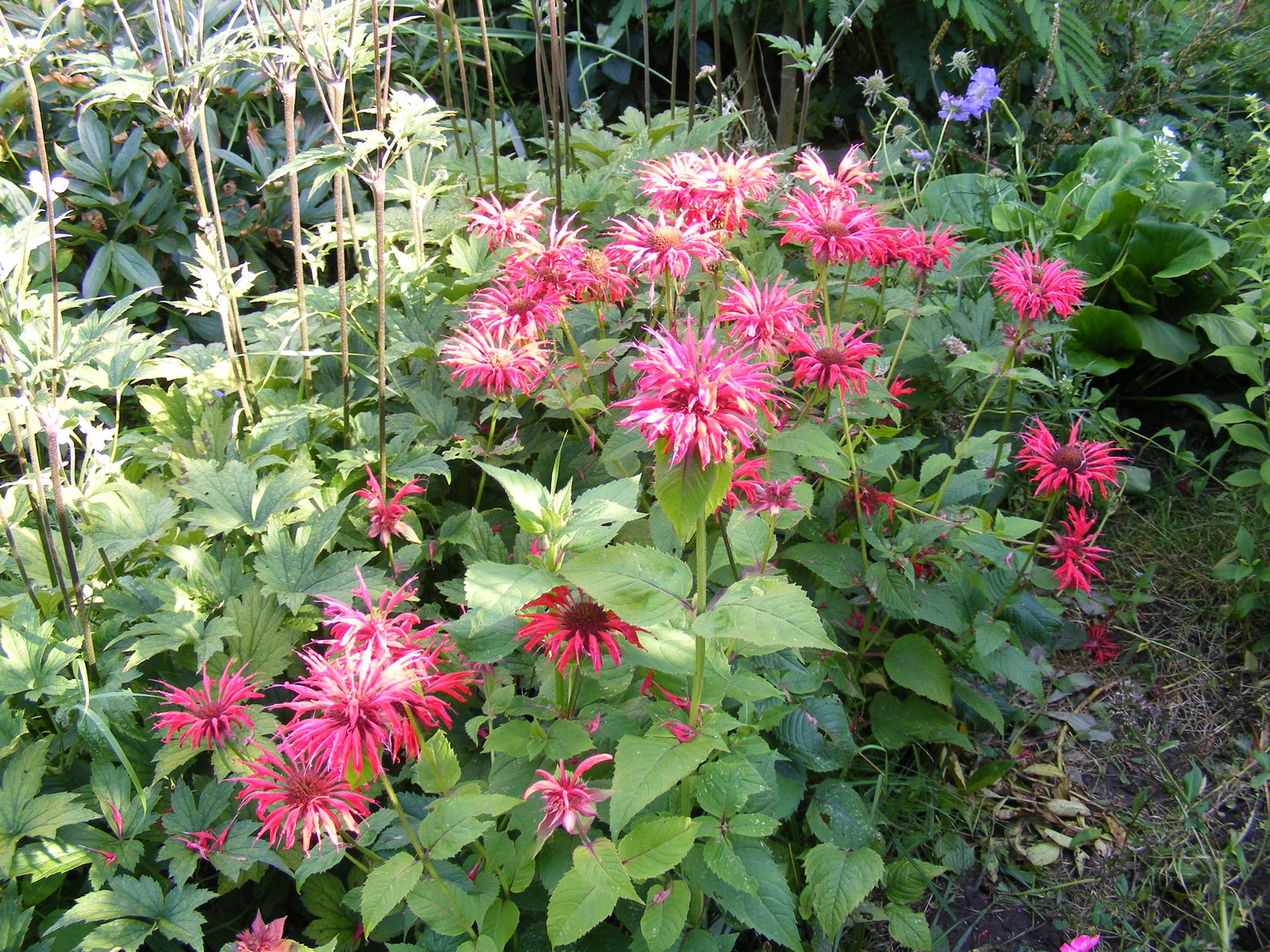
- Penstemon: Penstemon is a genus of flowering plants that includes over 200 species. They are known for their showy flowers, which come in a variety of colors, including red, pink, purple, blue, and white. Penstemon are sun-loving plants that prefer well-drained soil. They are also deer-resistant.
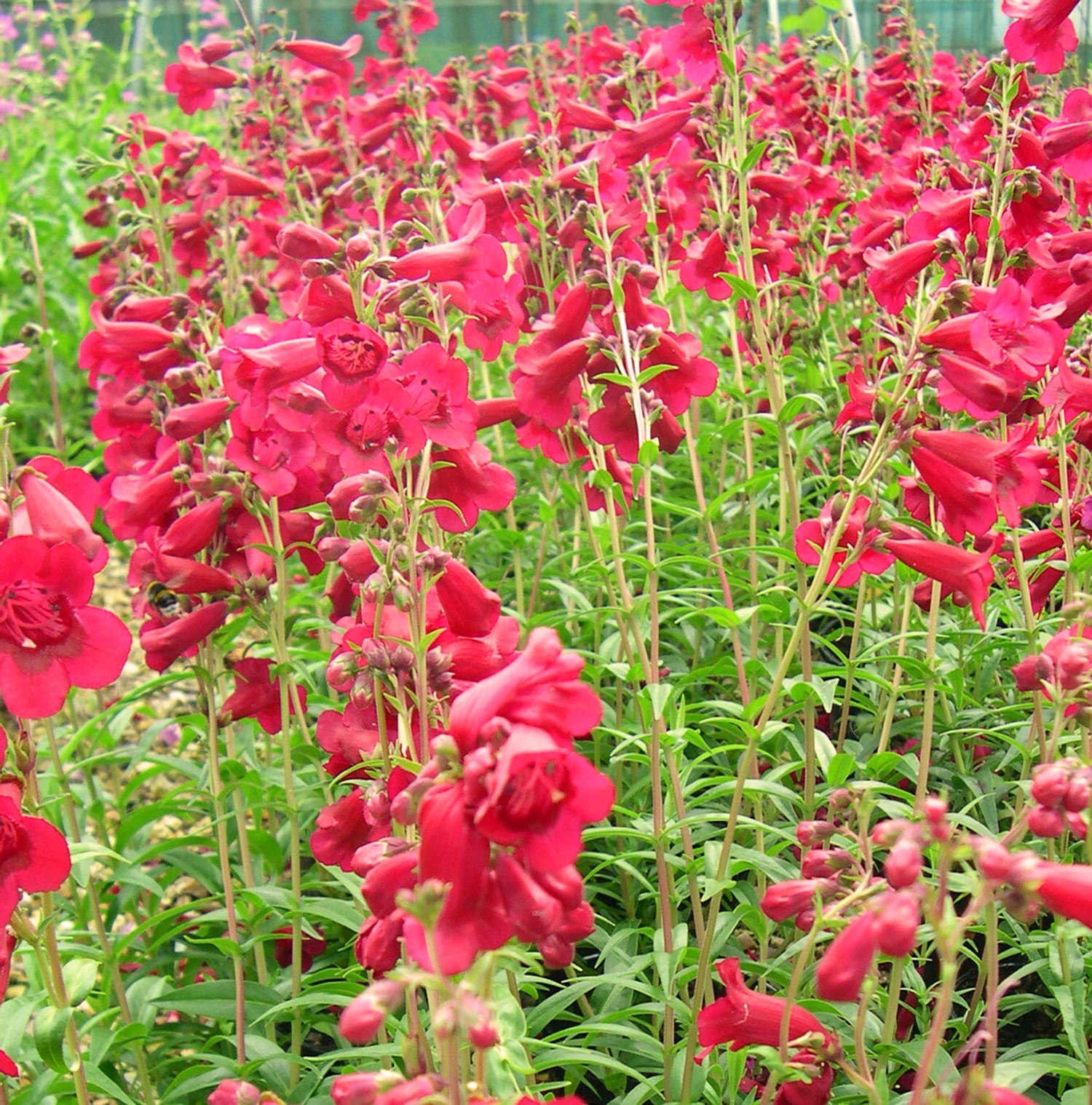
- Salvia: Salvia is a genus of flowering plants that includes over 900 species. They are known for their colorful flowers, which come in a variety of colors, including blue, purple, pink, red, and white. Salvia are sun-loving plants that prefer well-drained soil. They are also drought-tolerant once established.
- Veronica: Veronica is a genus of flowering plants that includes over 500 species. They are known for their delicate blue, purple, or white flowers. Veronica are sun-loving plants that prefer well-drained soil. They are also tolerant of poor soil and drought.
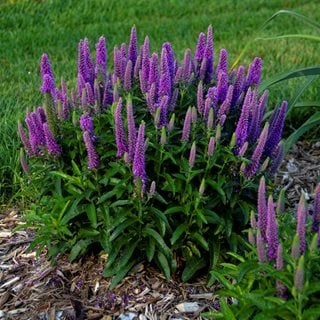
Conclusion:
These are just a few of the many great companion plants for Baptisia. When choosing companion plants, it is important to consider the size, growth habit, and light requirements of the plants. It is also important to consider the color of the flowers, as you want to create a complementary look.
With a little planning, you can create a beautiful and harmonious garden with Baptisia and its companion plants.
- Solidago speciosa (showy goldenrod)
- Coreopsis lanceolata (lanceleaf tickseed)
- Penstemon digitalis (beard tongue)
- Vernonia lettermannii 'Iron Butterfly' (iron butterfly ironweed)
FAQ of baptisia companion plants
What are good companion plants for Baptisia?
Baptisia is a North American native plant that is known for its attractive blue, purple, or white flowers. It is a relatively low-maintenance plant that can thrive in a variety of soil conditions. When choosing companion plants for Baptisia, it is important to consider the plant's light and water requirements. Baptisia prefers full sun and well-drained soil. It is also tolerant of drought conditions. Some good companion plants for Baptisia include:
- Coneflowers (Echinacea spp.)
- Daylilies (Hemerocallis spp.)
- Rudbeckias (Rudbeckia spp.)
- Black-eyed Susans (Rudbeckia hirta)
- Asters (Aster spp.)
Why are companion plants important for Baptisia?
Companion plants can provide a number of benefits for Baptisia, including:
- Improved pollination: Companion plants can attract pollinators such as bees and butterflies, which help to pollinate Baptisia flowers. This can lead to increased seed production and a healthier plant.
- Reduced pest and disease problems: Companion plants can help to deter pests and diseases. For example, marigolds (Tagetes spp.) are known to repel nematodes, which can damage Baptisia roots.
- Enhanced aesthetics: Companion plants can add visual interest to a Baptisia planting. For example, tall coneflowers can provide a backdrop for the shorter Baptisia plants.
How do I plant Baptisia with companion plants?
When planting Baptisia with companion plants, it is important to consider the size and growth habit of each plant. For example, tall companion plants should be planted behind shorter Baptisia plants. It is also important to plant companion plants that have similar water and light requirements.
How do I care for Baptisia with companion plants?
The care requirements for Baptisia and its companion plants will vary depending on the specific plants involved. However, in general, Baptisia and its companion plants require well-drained soil and full sun. They are also relatively drought tolerant.
Image of baptisia companion plants
- Shining bluestar (Amsonia illustris) is a herbaceous perennial that blooms in early summer with blue flowers. It is a good companion plant for Baptisia because it has similar flower colors and bloom times.
- Bluestar, Blue Dogbane (Amsonia tabernaemontana) is another herbaceous perennial that blooms in early summer with blue flowers. It is also a good companion plant for Baptisia because it has similar flower colors and bloom times.

- Willow leaf bluestar (Amsonia tabernaemontana v. salicifolia) is a variety of bluestar that has willow-shaped leaves. It is a good companion plant for Baptisia because it has similar flower colors and bloom times, and its narrow leaves provide contrast to the wider leaves of Baptisia.
- Showy goldenrod (Solidago speciosa) is a tall perennial that blooms in late summer with golden yellow flowers. It is a good companion plant for Baptisia because it has a different bloom time and flower color, which can add interest to the garden.
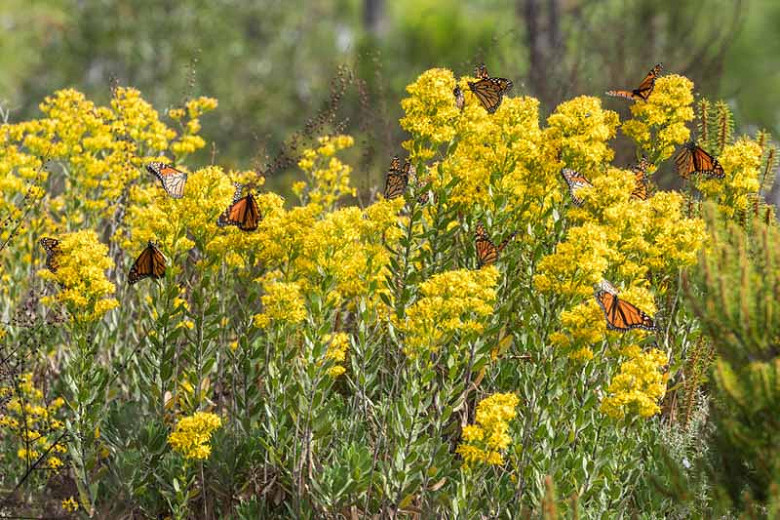
- Lanceleaf tickseed (Coreopsis lanceolata) is a herbaceous perennial that blooms in summer with yellow flowers. It is a good companion plant for Baptisia because it has similar flower colors and bloom times, and its smaller size can help to fill in the gaps between Baptisia plants.
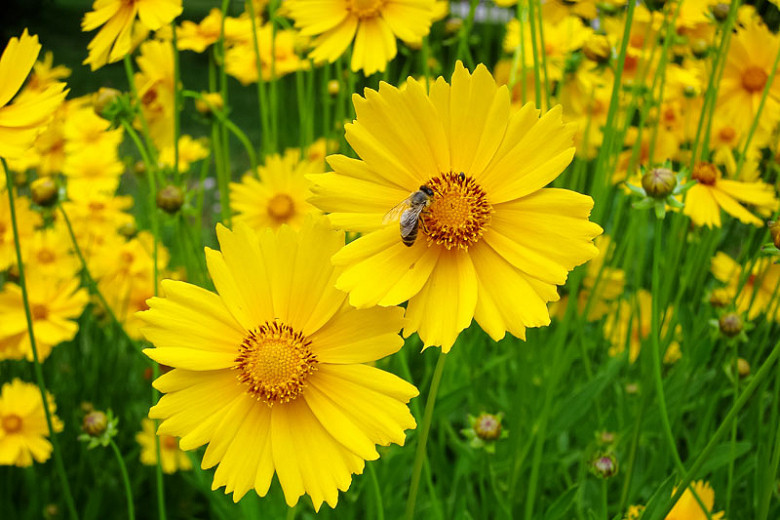
- Black-eyed Susan (Rudbeckia hirta) is a tall perennial that blooms in summer with yellow flowers with dark brown centers. It is a good companion plant for Baptisia because it has a similar bloom time and flower color, and its tall size can help to add height to the garden.

- Coneflower (Echinacea purpurea) is a tall perennial that blooms in summer with purple flowers with dark brown centers. It is a good companion plant for Baptisia because it has a similar bloom time and flower color, and its tall size can help to add height to the garden.
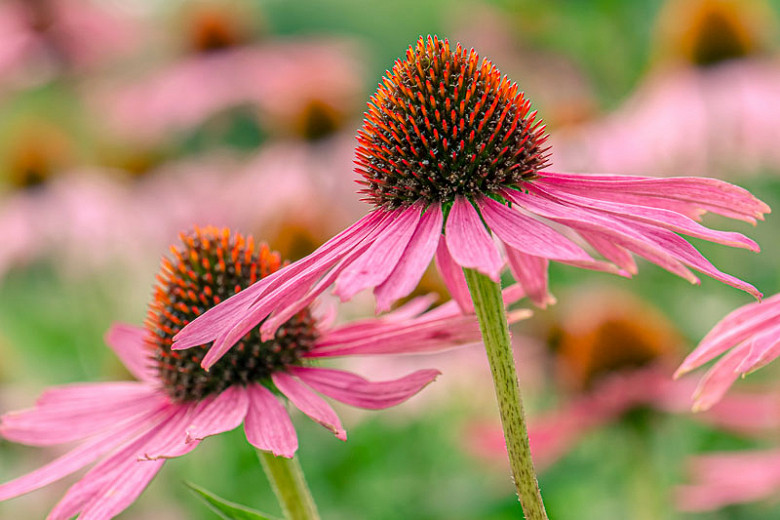
- Beebalm (Monarda didyma) is a herbaceous perennial that blooms in summer with red, pink, or white flowers. It is a good companion plant for Baptisia because it attracts bees and butterflies, which can help to pollinate the Baptisia flowers.

- Penstemon (Penstemon barbatus) is a herbaceous perennial that blooms in summer with blue, pink, or white flowers. It is a good companion plant for Baptisia because it attracts bees and butterflies, which can help to pollinate the Baptisia flowers.
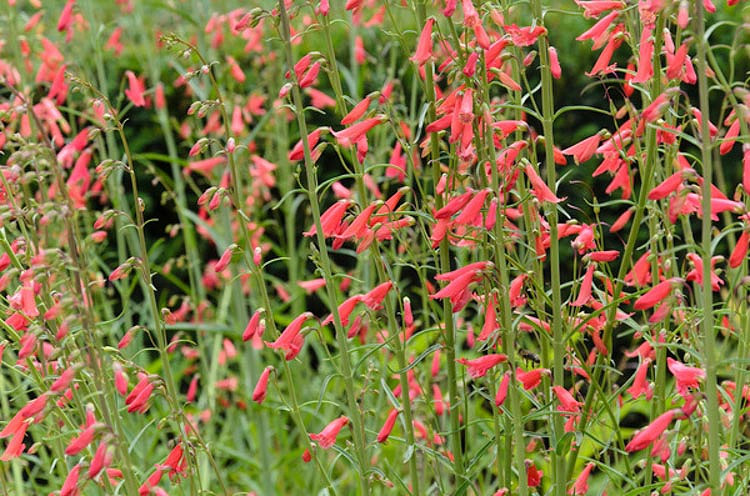
- Daylily (Hemerocallis) is a perennial that blooms in summer with flowers that last for only one day. It is a good companion plant for Baptisia because it has a long bloom time, which can help to fill in the garden when Baptisia is not in bloom.

Post a Comment for "The Best Baptisia Companion Plants"